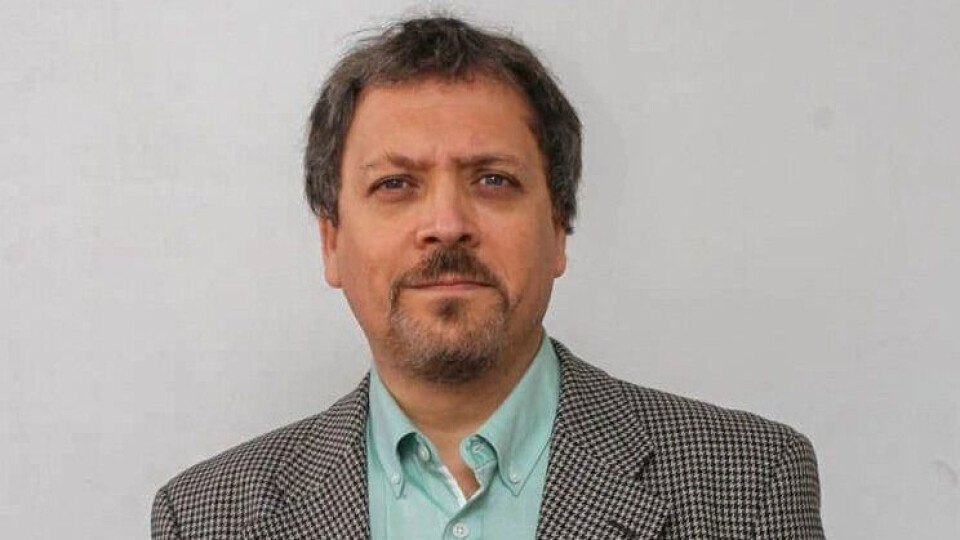
Chile plans different rules for salmon farms in protected areas
Chile is to apply different regulations to salmon farms in protected areas as part of an attempt to encourage them to relocate, the country’s Undersecretary of Fisheries and Aquaculture, Julio Salas, has said.
The move is part of a roadmap with short, medium, and long-term commitments that is being prepared by the Chilean government to remove salmon farms from areas such as national parks.
The plan ties in with President Gabriel Boric’s conviction that salmon producers cannot continue operating in these areas because of their effects on the environment. Boric has proposed a ‘just transition’ for producers and workers in the salmon farming sector.
Avoiding trauma
Speaking in Punto Arenas, in the far south of Chile, Salas said that the just transition “supposes being able to build a roadmap that establishes short, medium and long-term commitments”, and that officials were already working on the coordination of State services to define what those commitments should be.
“This is part of what we have been working on with the Minister of Economy, Nicolás Grau, to propose to the different portfolios an approach that makes this approach viable, without affecting growth and employment and without generating situations of trauma in the different territories,” said Salas, who heads the Undersecretariat of Fisheries and Aquaculture (Subpecsa).
He said he recognised that each salmon farming region is different, and that the degree of consensus of the communities regarding the presence of salmon farmers in protected areas is also different.
Protection levels
Fish Farming Expert’s Chilean sister site, Salmonexpert.cl, asked the undersecretary if the government had set a deadline to move forward with the removal of fish farms from the protected areas.
“There are commitments in which we can advance in the short term and this has to do with the protection conditions that the different protected areas have, because there is greater protection in the national parks, a second level in the national reserves and a third in multiple-use protected areas and, therefore, commitments must be established that go in sequence with this type of approach,” said Salas.
In the short term, different regulations will be drawn up for companies that are in protected areas, and those that operate outside those areas.
‘Encouraging the exit’
He justified this by saying that “today there is a kind of cross-subsidy for those who are installed in pristine areas without competition from any other activity, that is, there is an incentive to locate in this type of space”.
The government’s approach was to change things so that “there is a greater value for being in these places that discourage locating there and therefore ends up encouraging the exit to unprotected areas. That is a type of modification that we can generate in the short term.”
Many of the salmon farms in the protected areas were established before the areas were designated as protected by the government.
In the Magallanes region, the debate is about the presence of salmon farming operations in the Kawésqar National Reserve, which includes 2,628,000 hectares of marine territory.























































